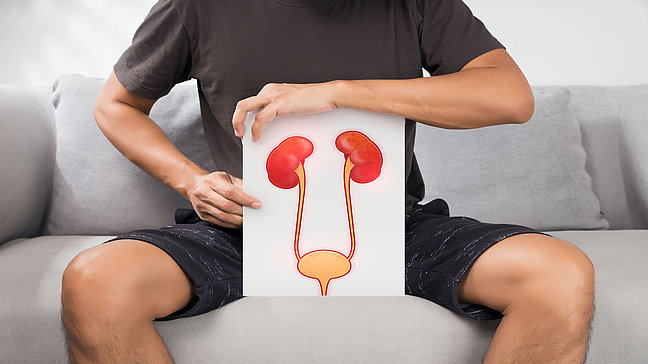
Urethral stricture
Causes of urethral stricture
- Injuries to the urethra from catheters or surgical procedures
- Chronic urinary tract infections or sexually transmitted diseases
- Trauma in the pelvic area
- Repeated inflammations of the urethra (urethritis)
Symptoms of urethral stricture
- Weak or interrupted urine stream
- Difficulty urinating
- Pain during urination
- Sensation of incomplete bladder emptying
- Frequent urinary tract infections
Diagnosis of urethral stricture
The diagnosis of a urethral stricture is made through a combination of medical history, physical examination, and diagnostic tests. Uroflowmetry, a urine flow measurement, is used to assess the strength of the urine stream. In some cases, a cystoscopy is performed to examine the urethra and bladder. A retrograde urethrography with contrast medium helps determine the exact location of the narrowing.
Treatment options for urethral stricture
- Dilation: Mechanical widening of the urethra, used in mild cases, but may require repeated procedures
- Endoscopic Urethrotomy: A surgical procedure to cut or remove the narrowed area of the urethra
- Reconstructive Surgery: In severe cases, extensive reconstructive surgery may be necessary to permanently resolve the narrowed area



